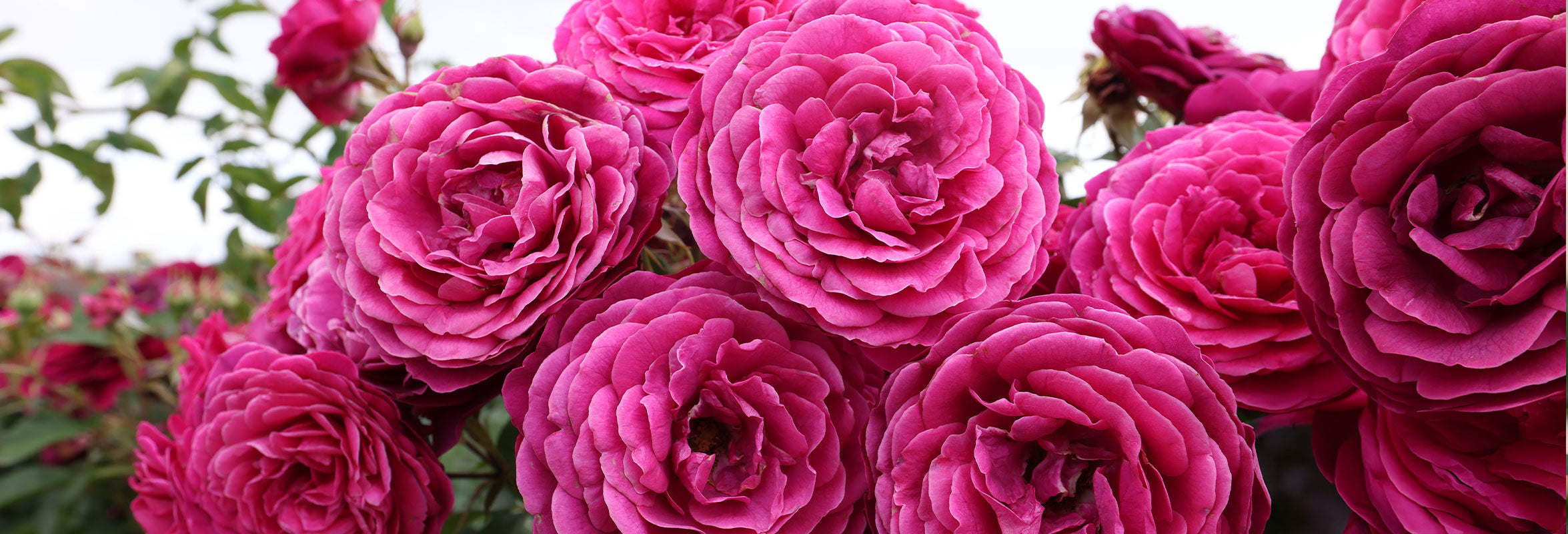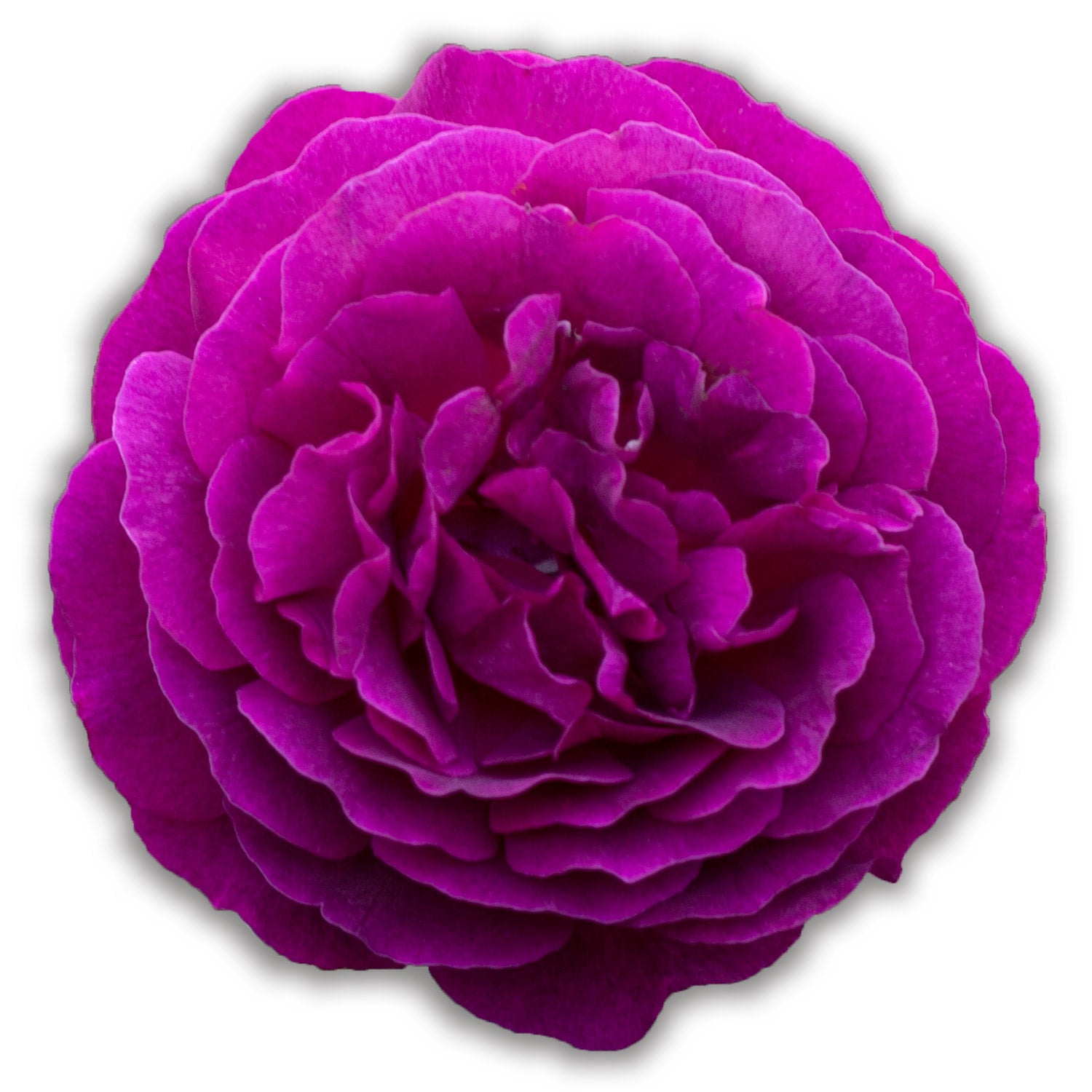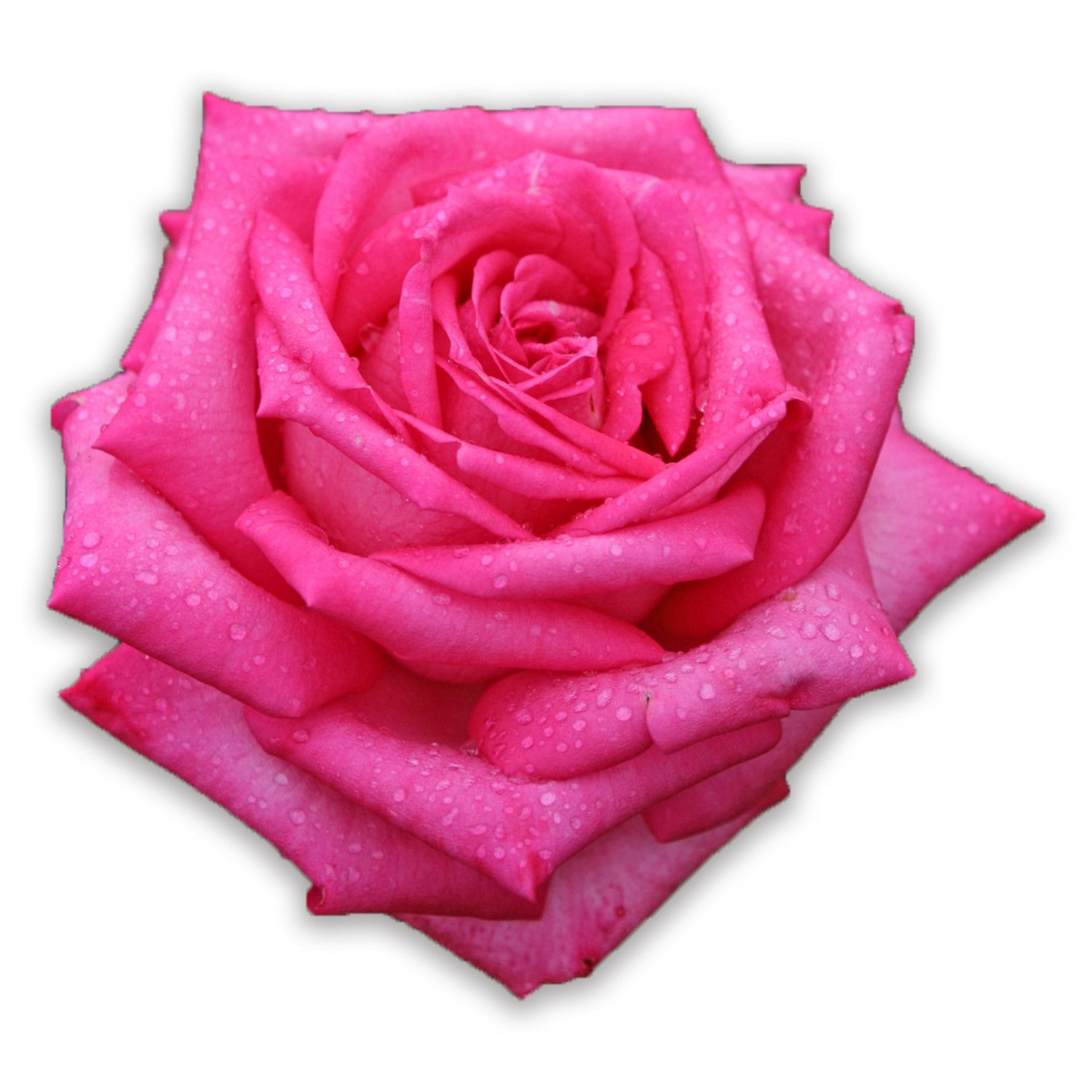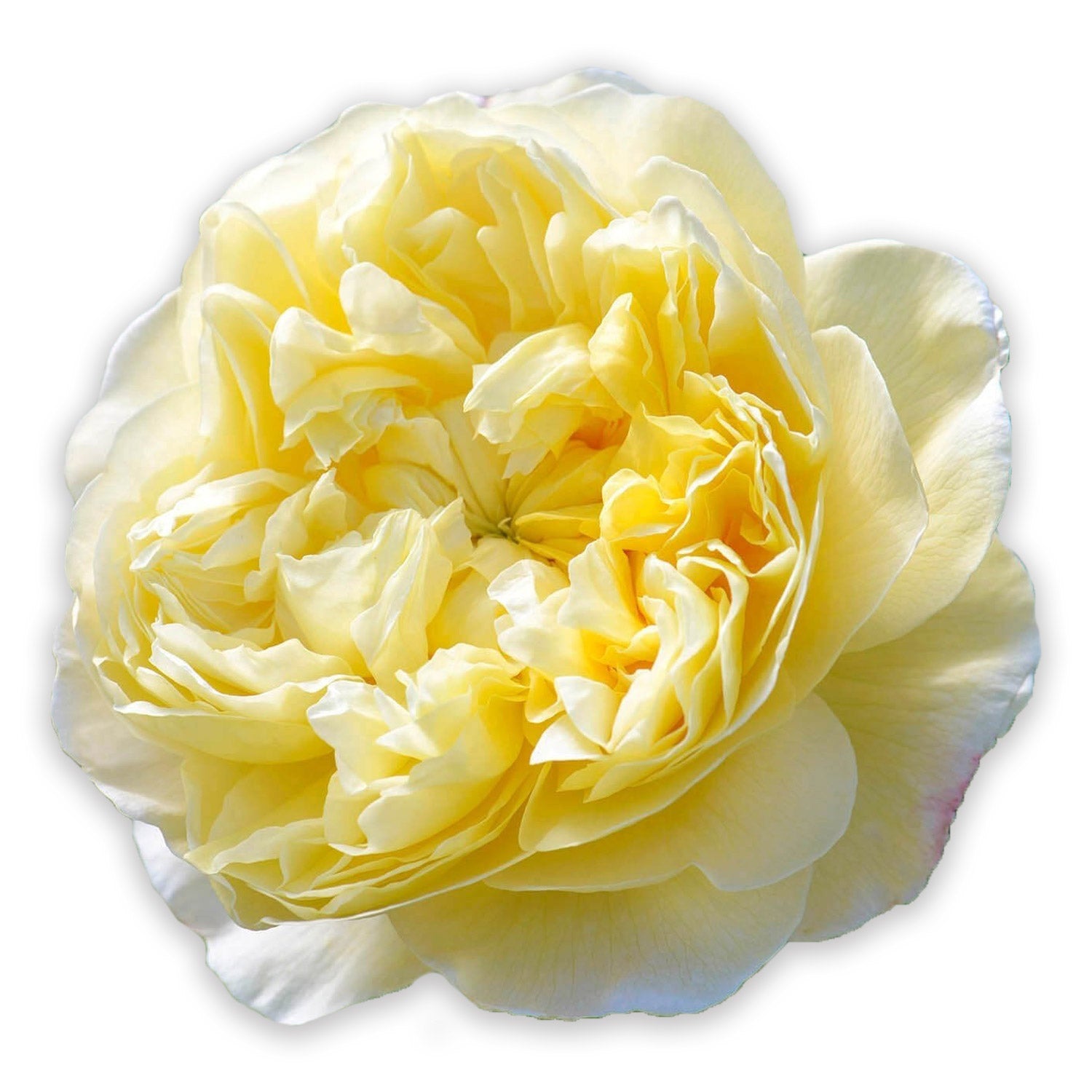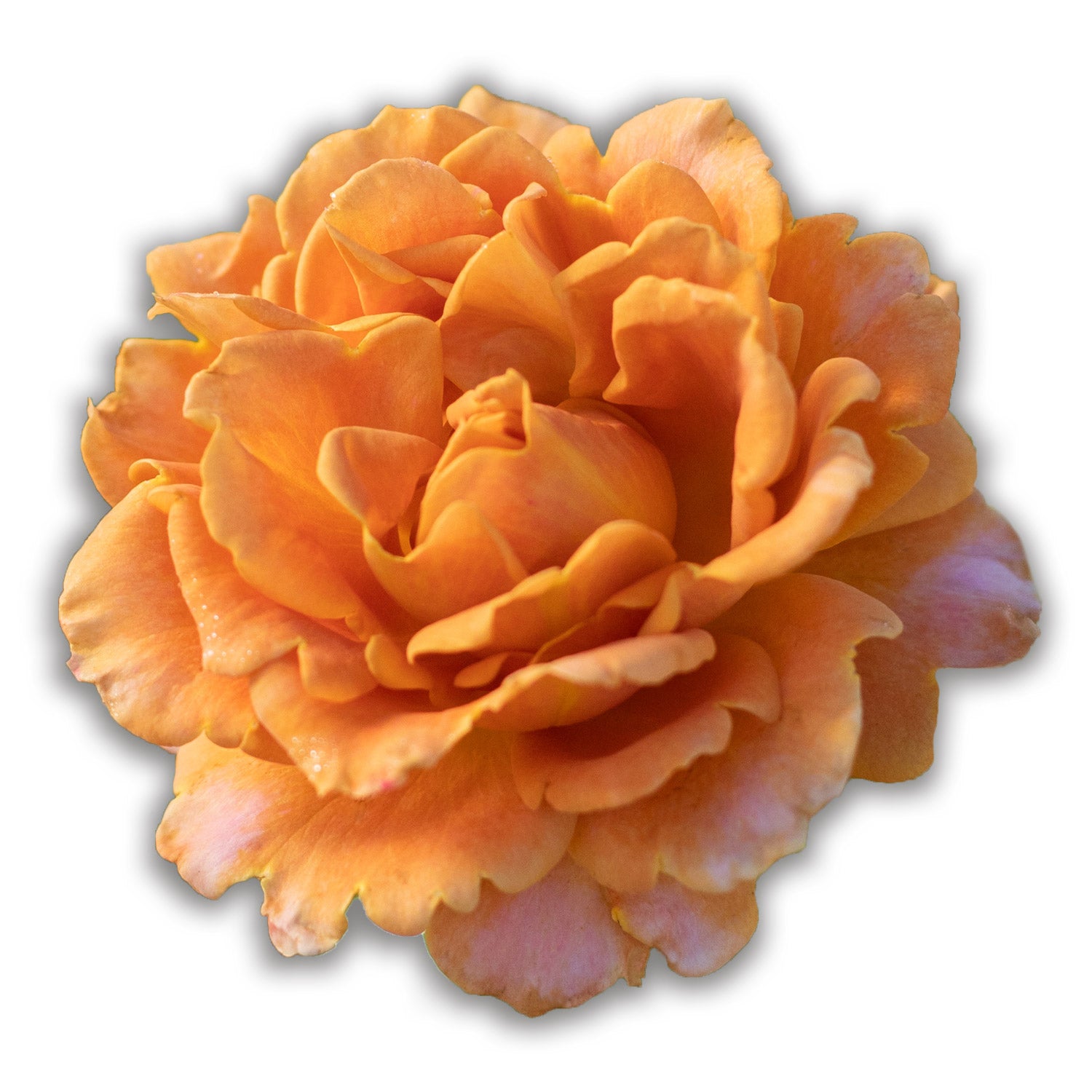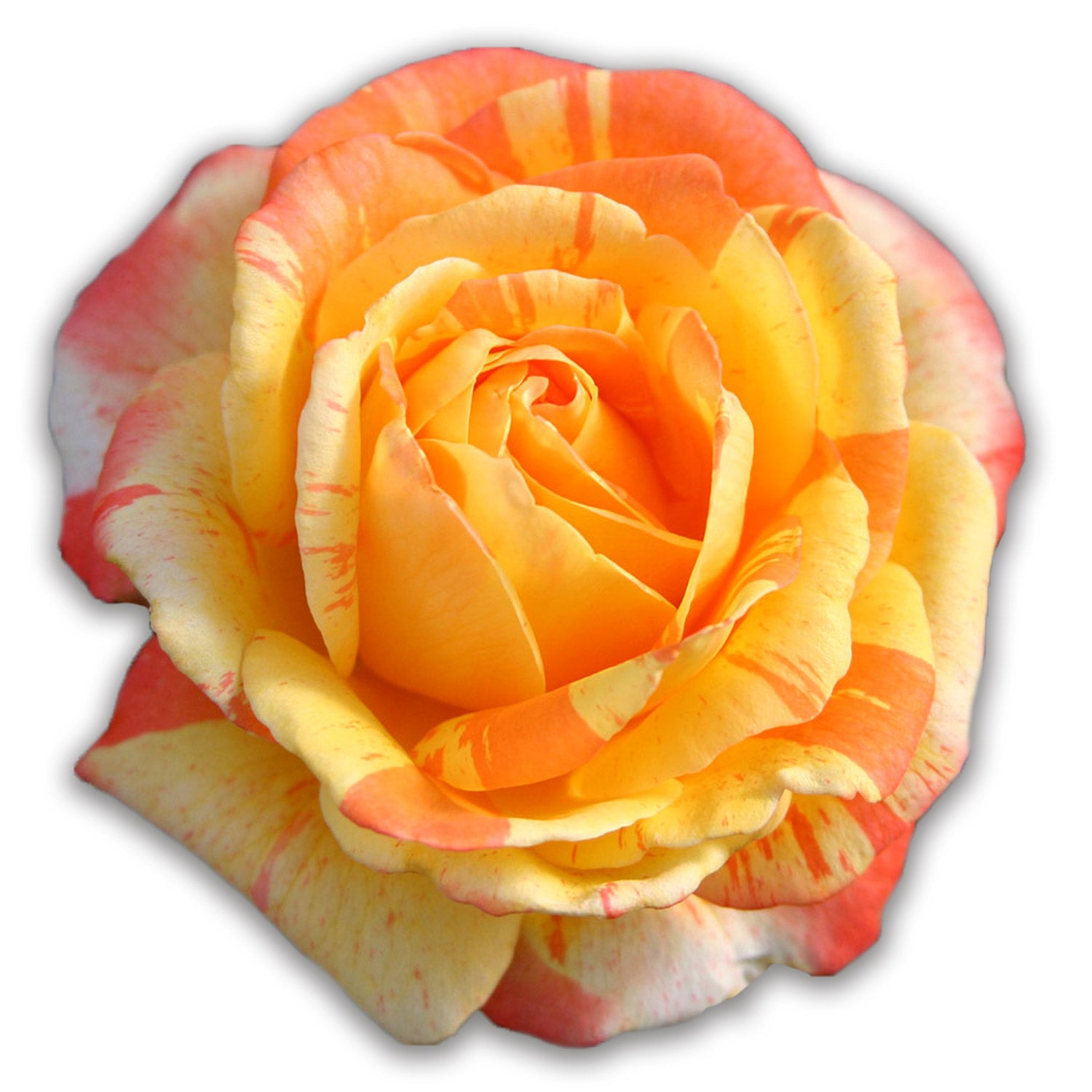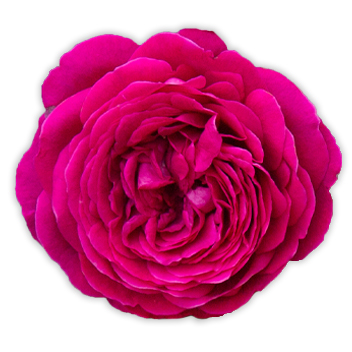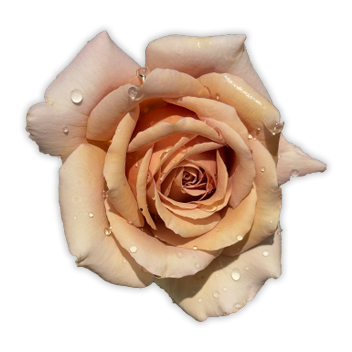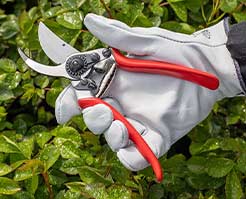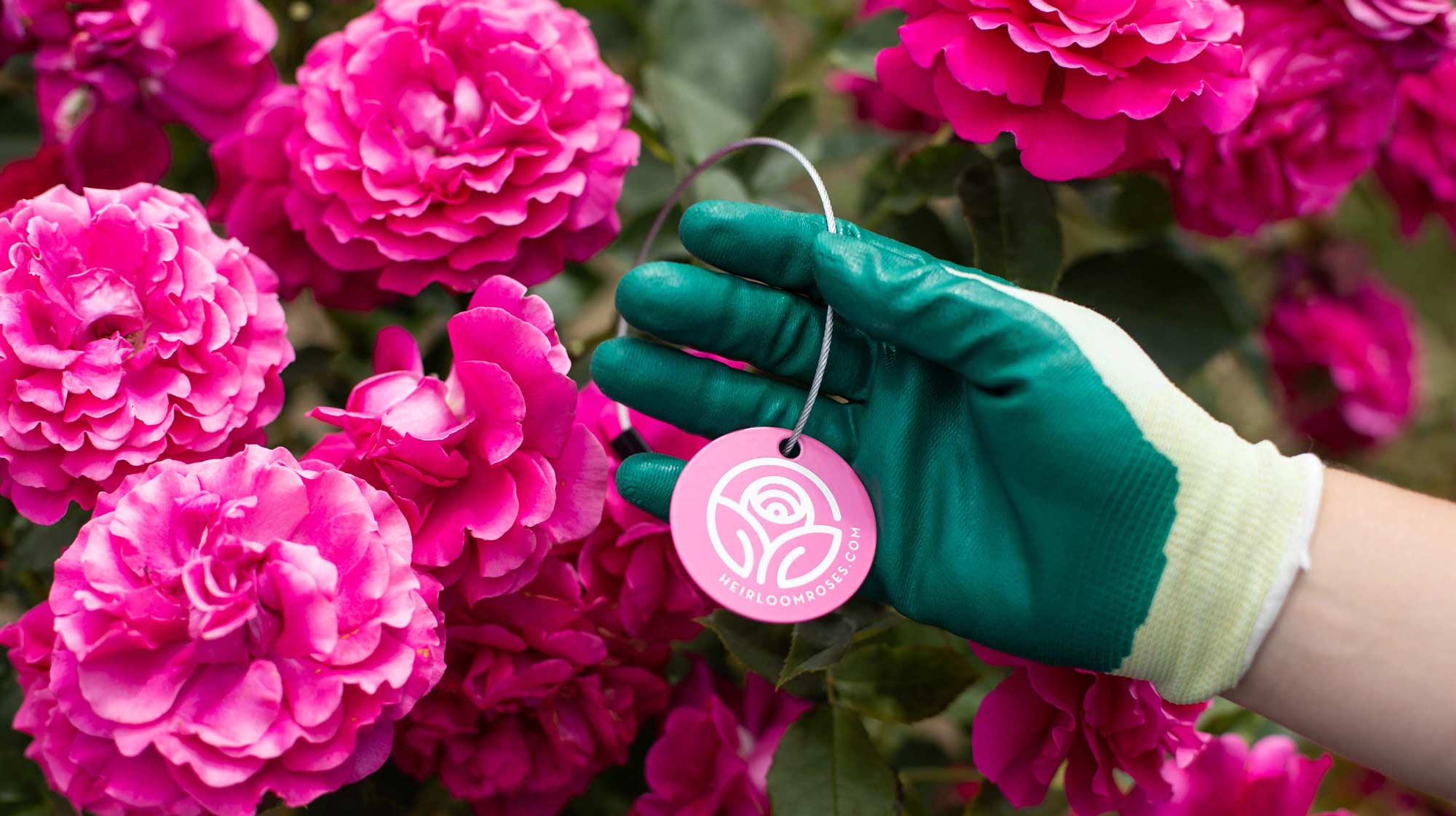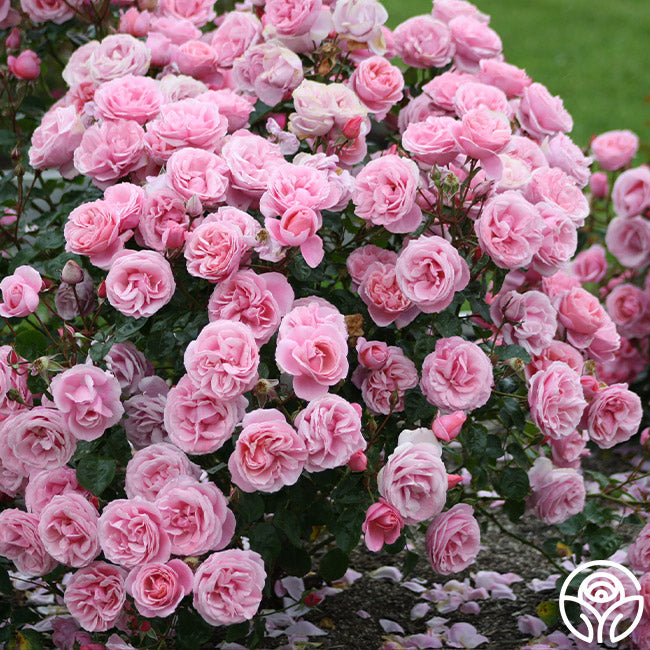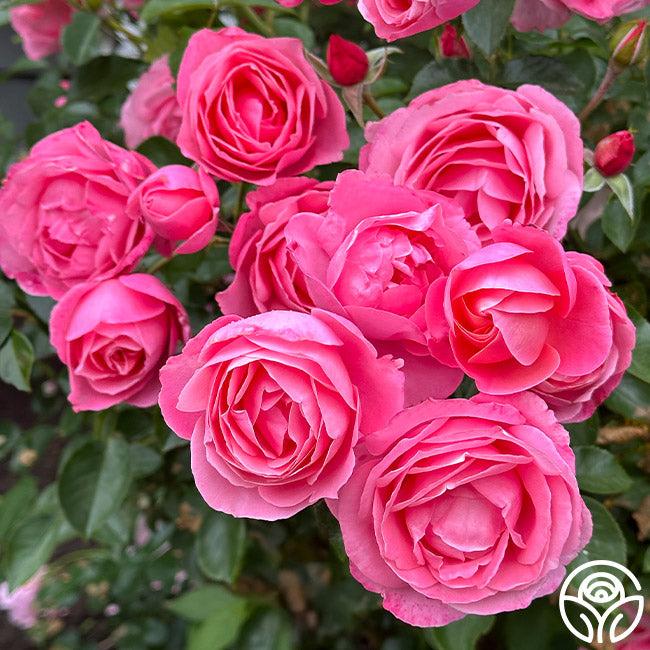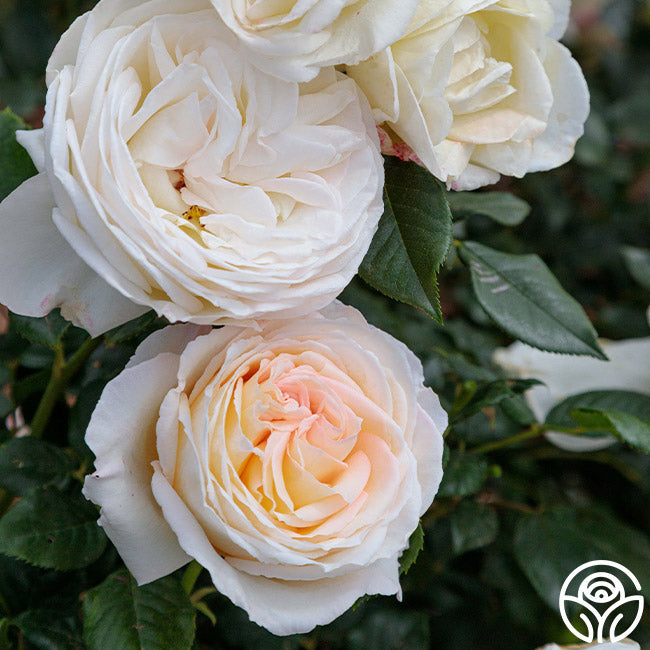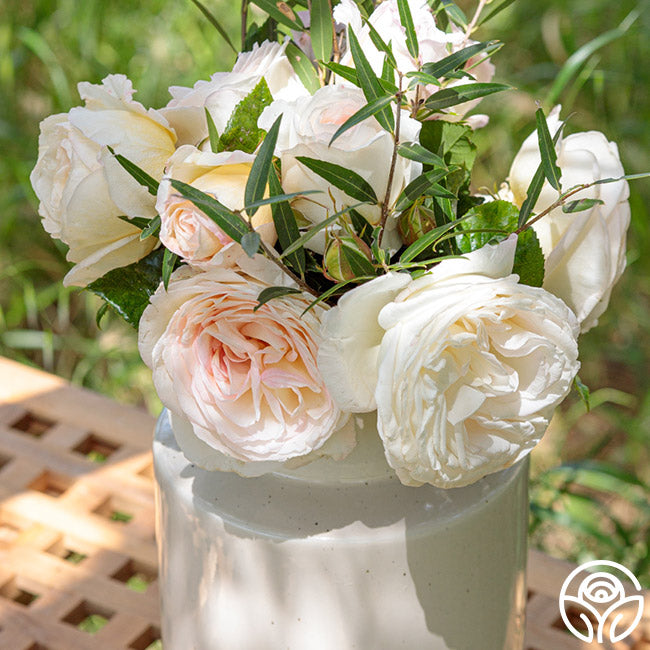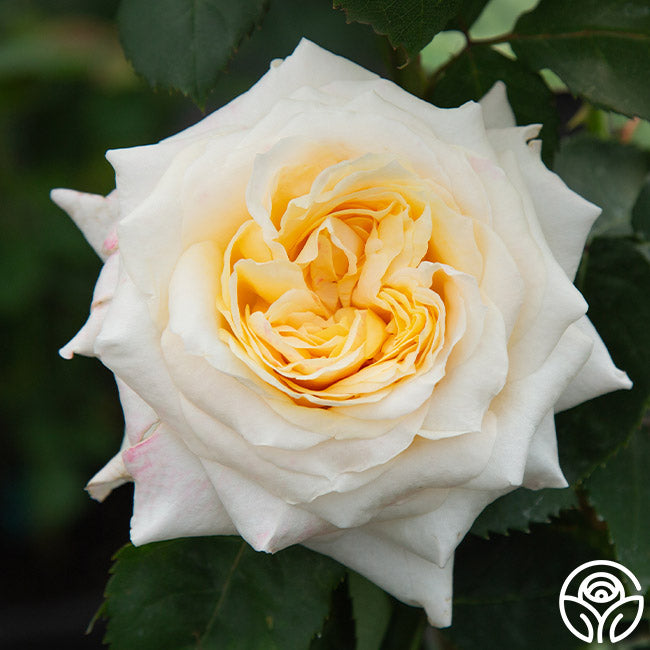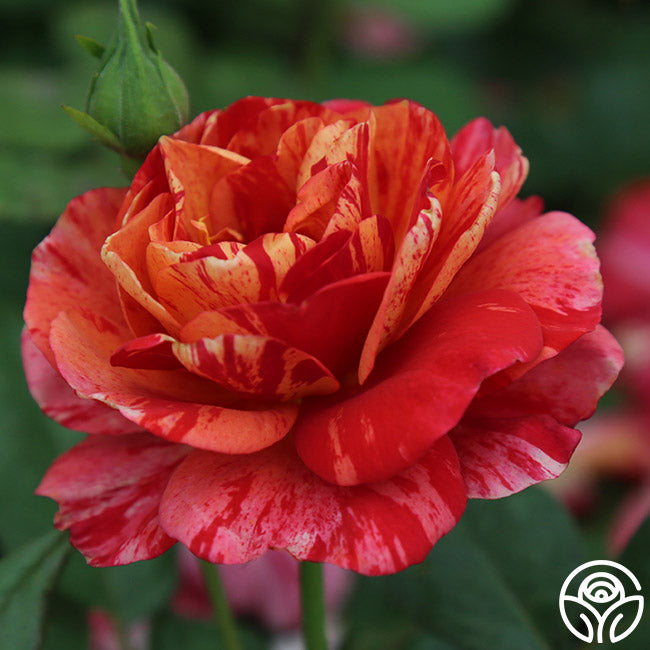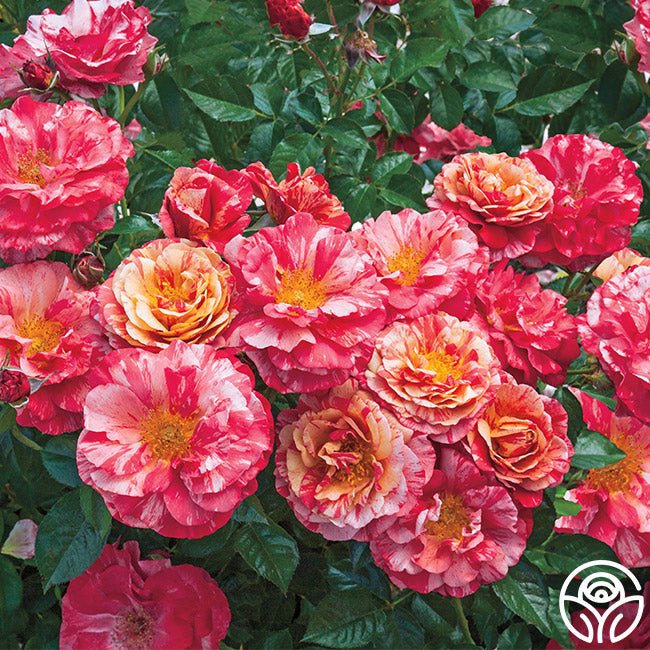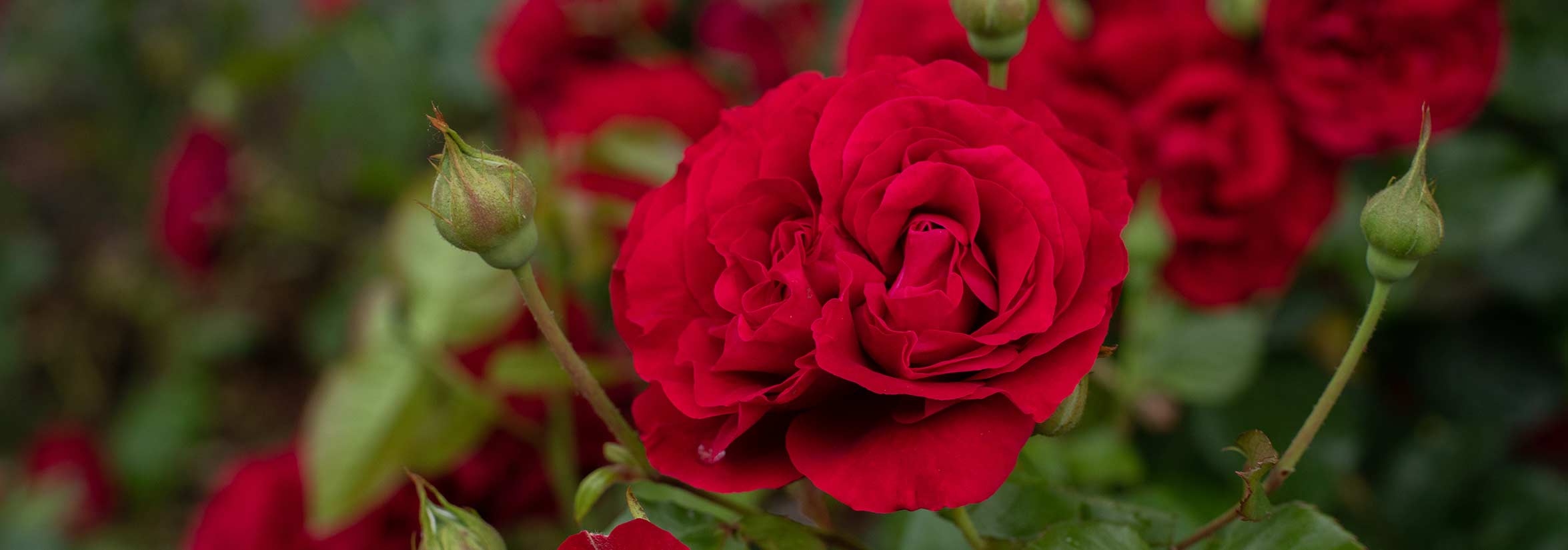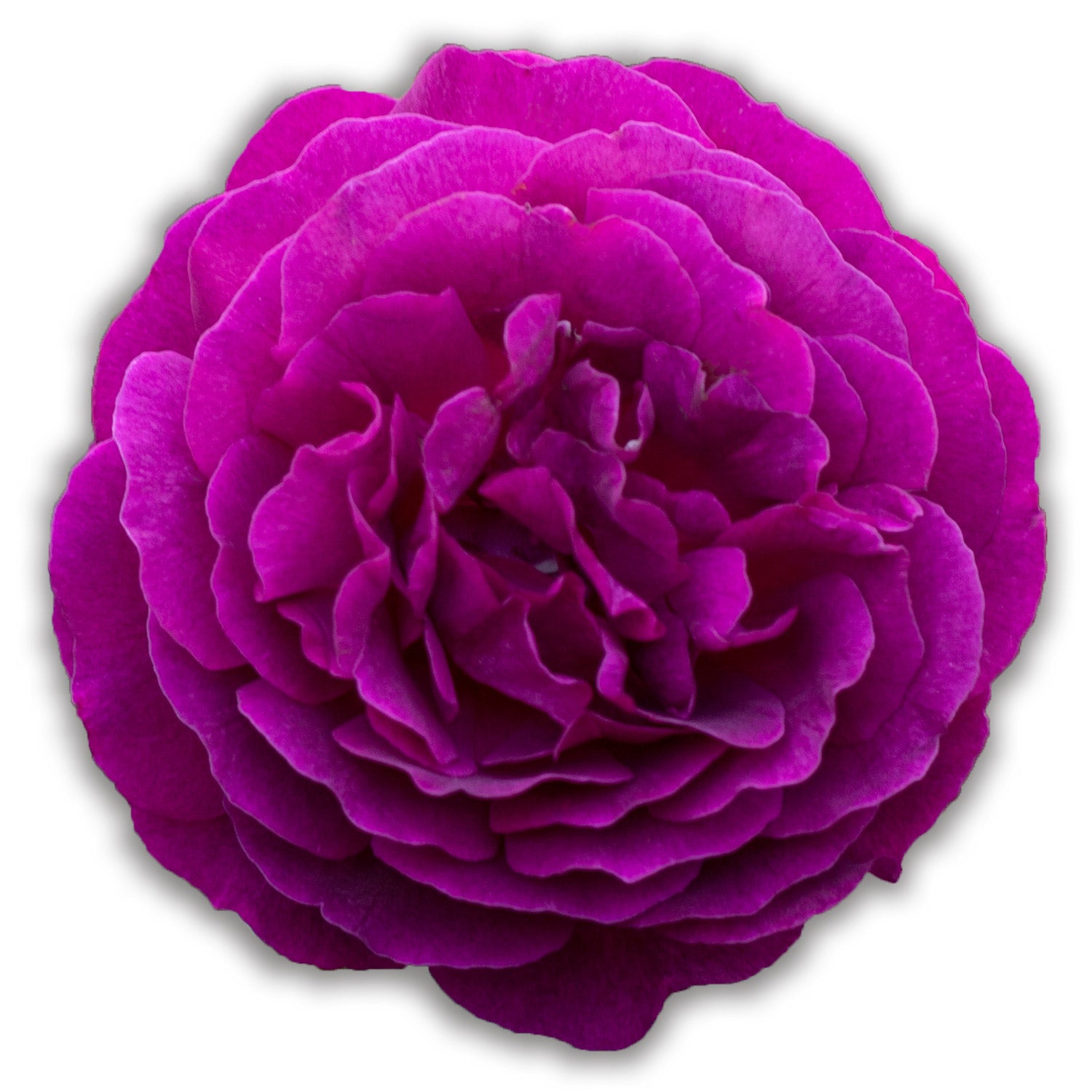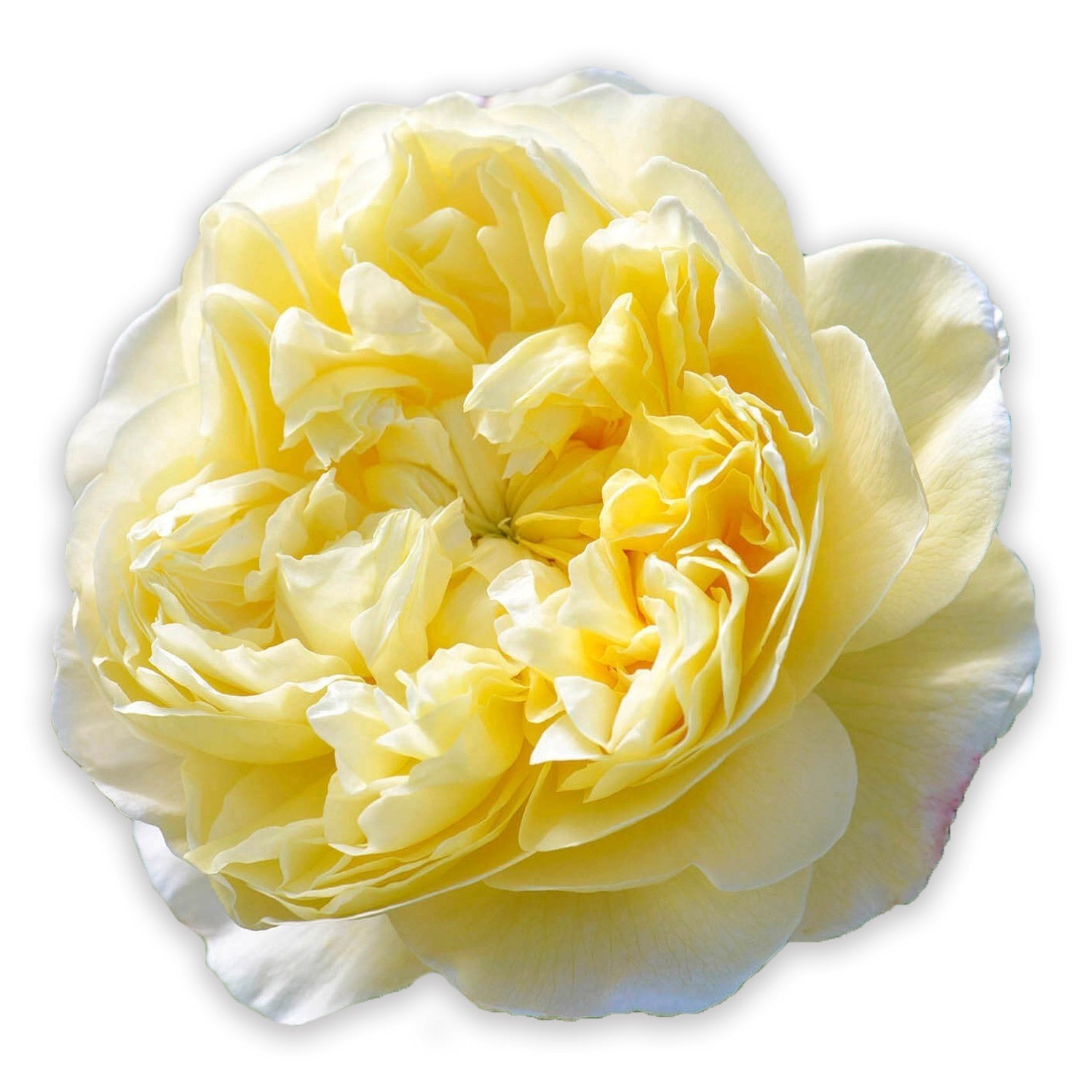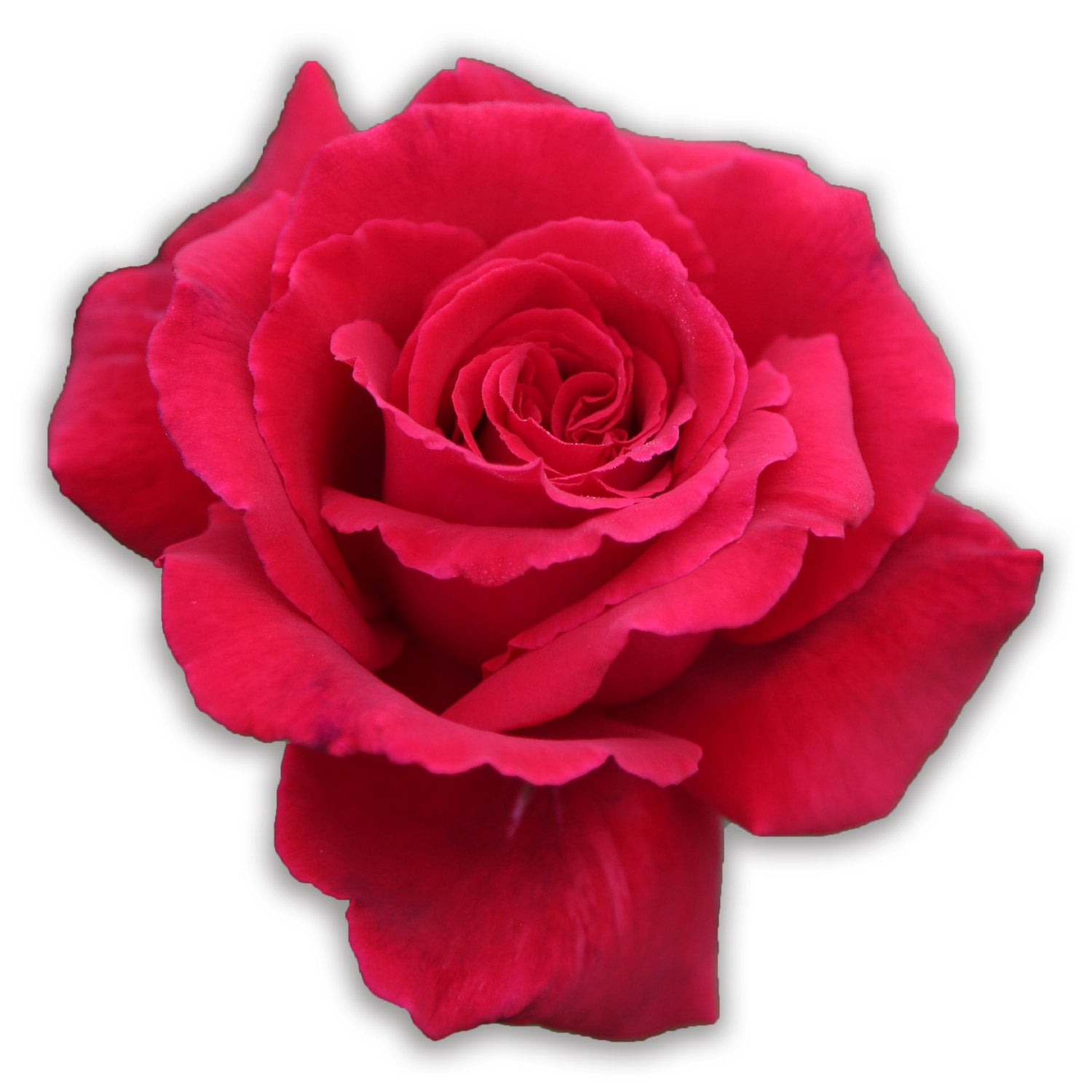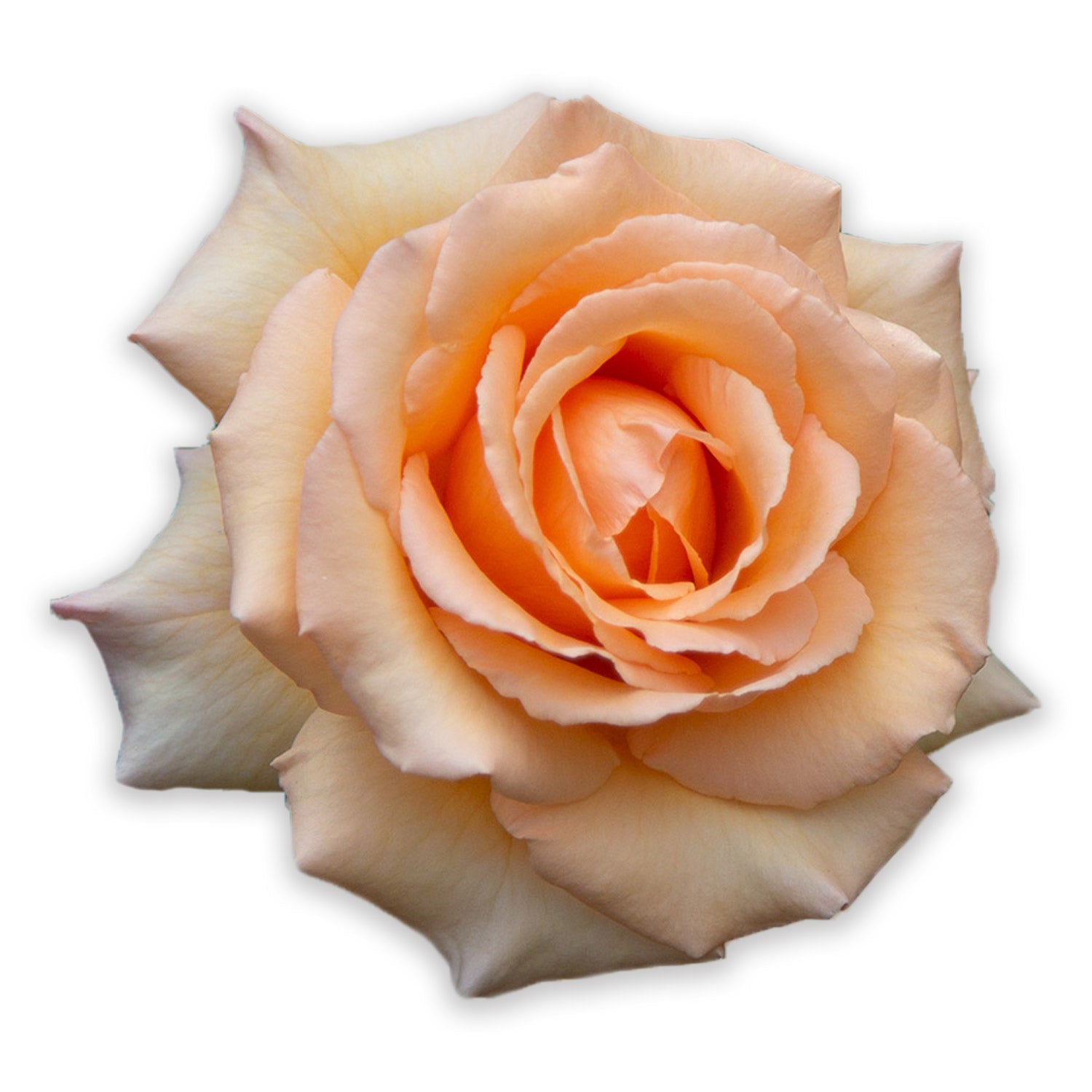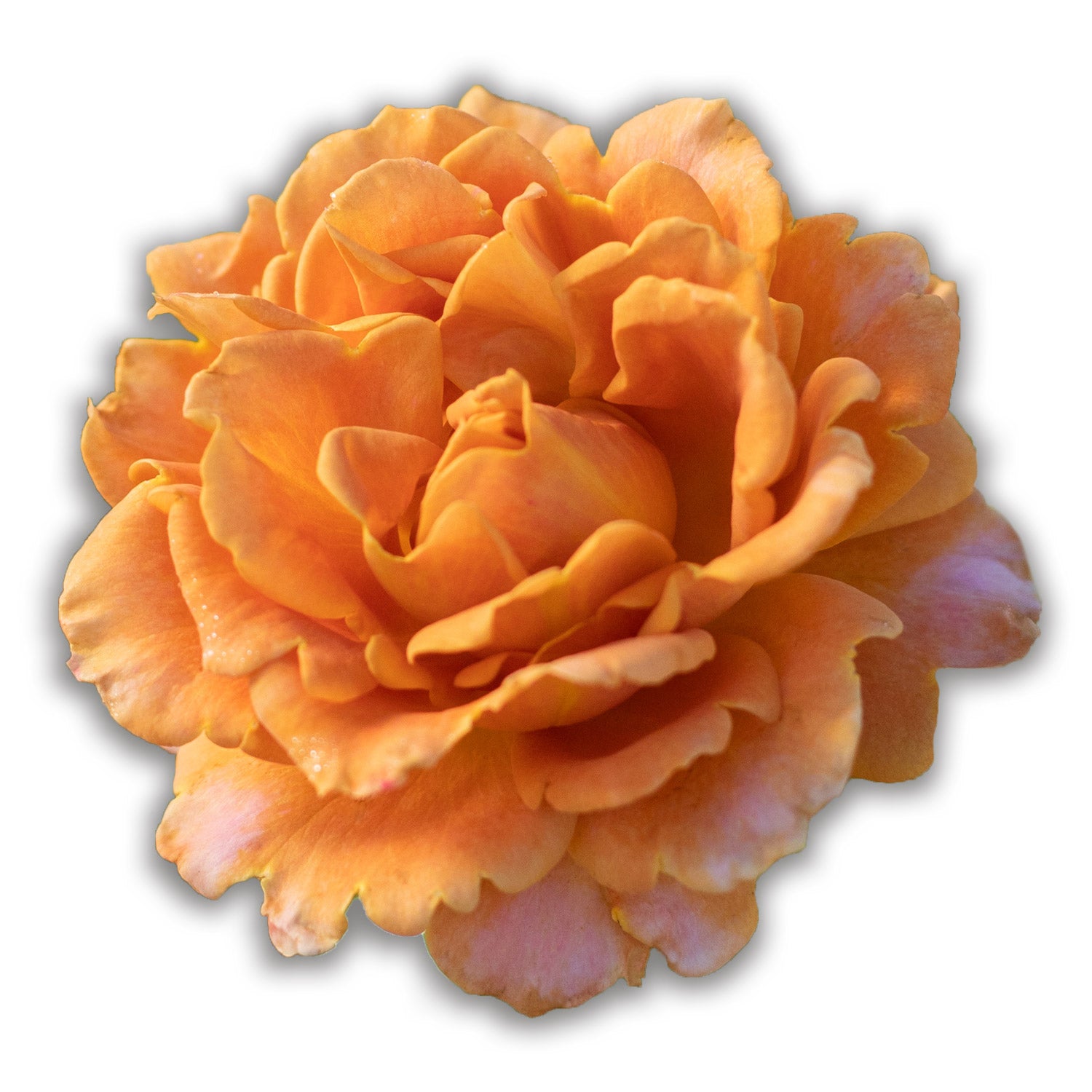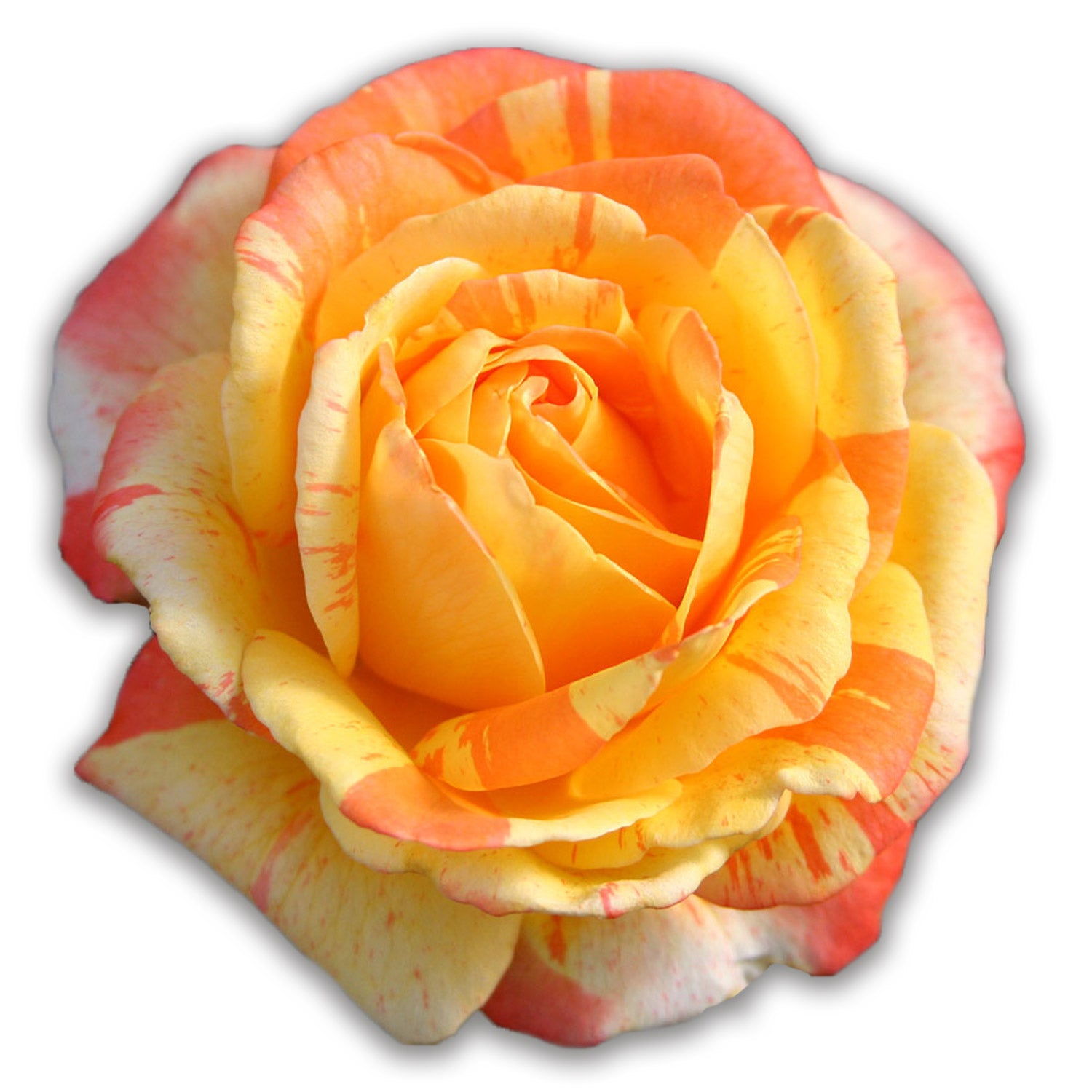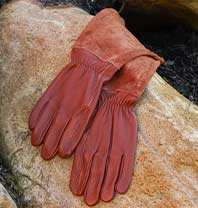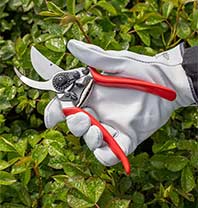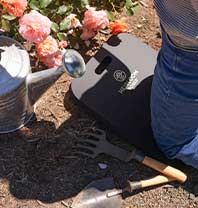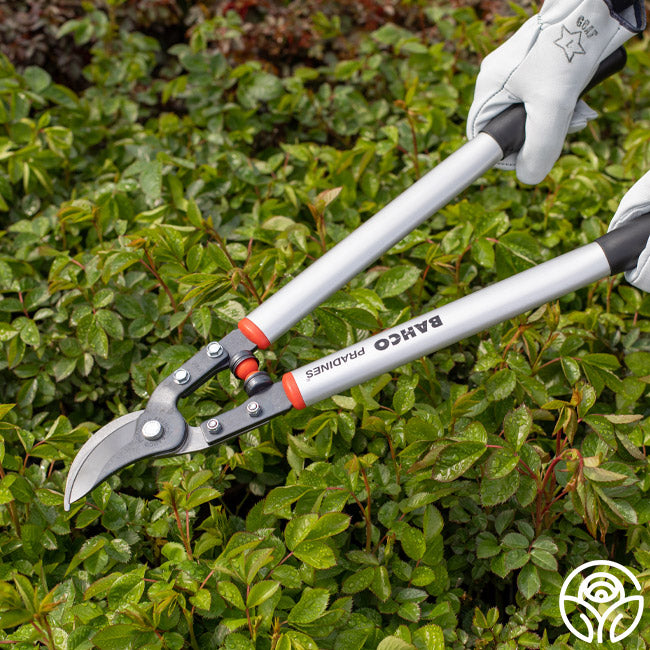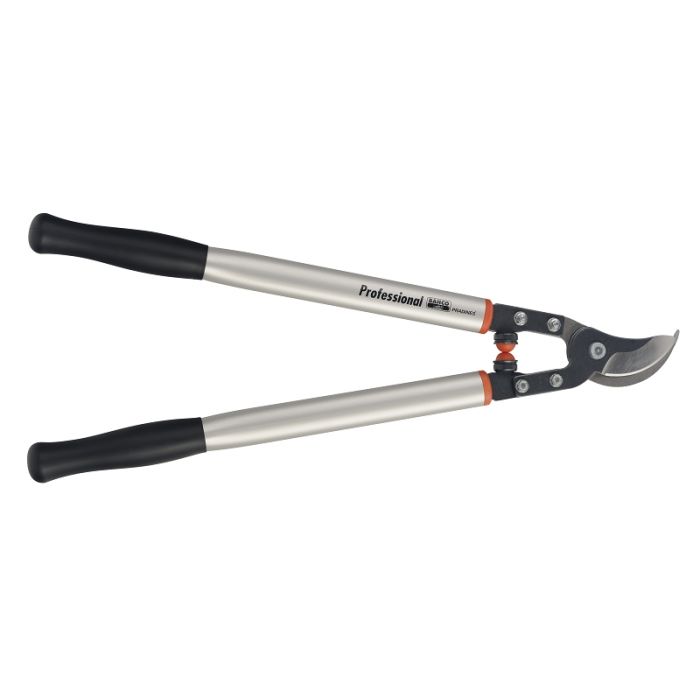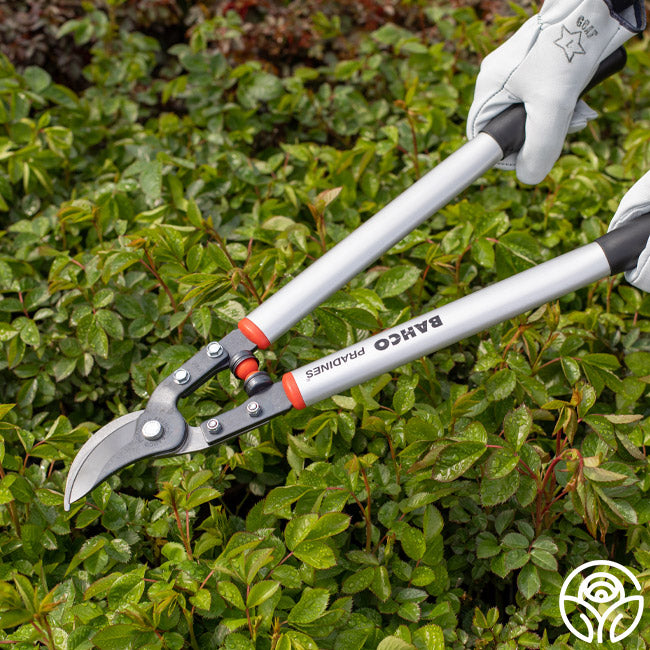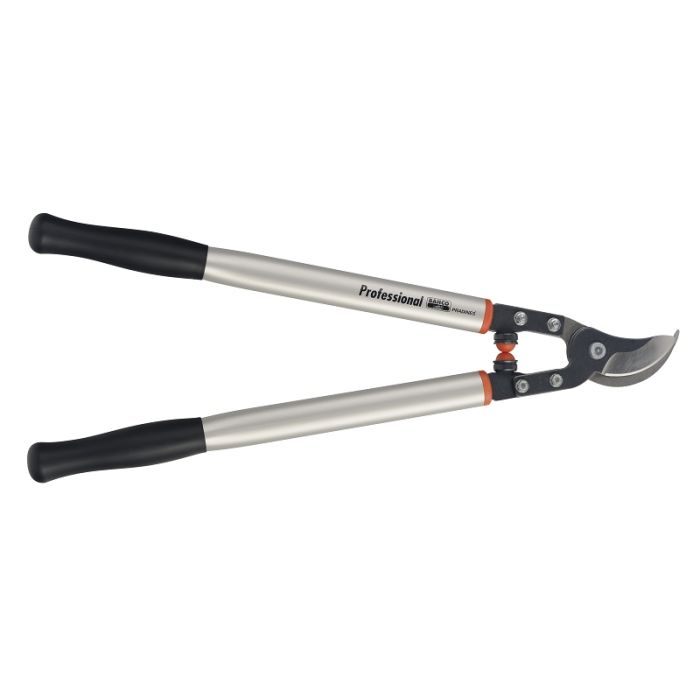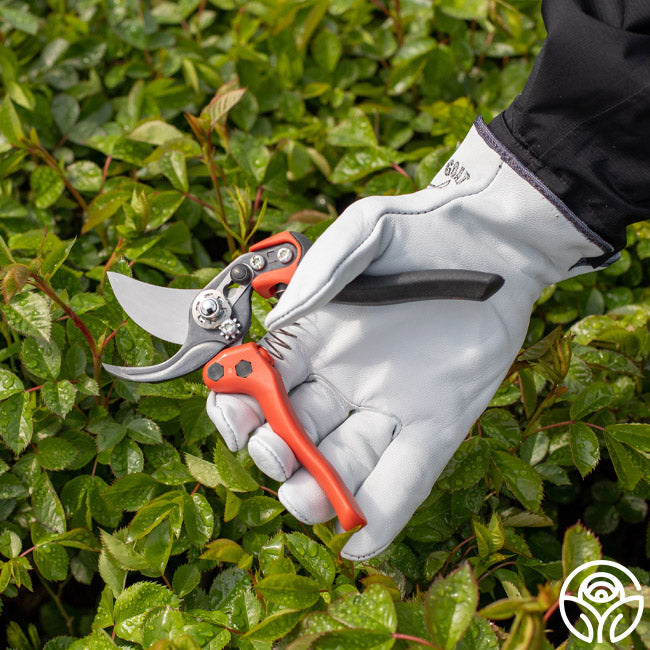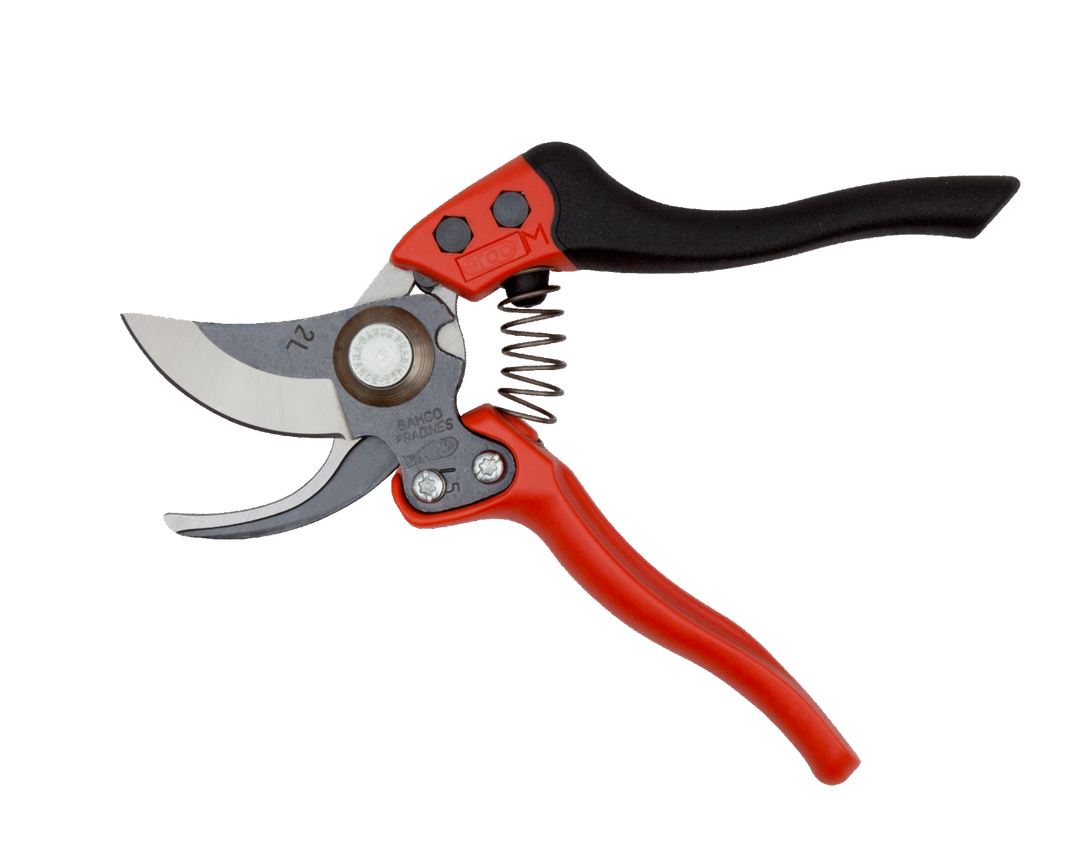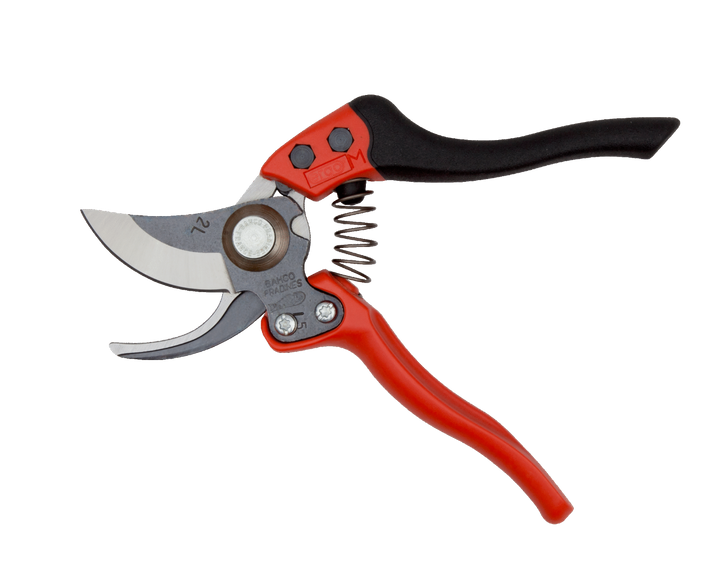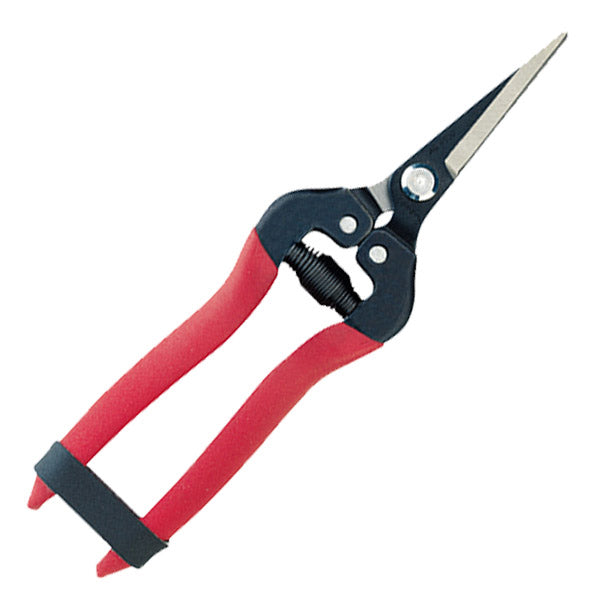Pruning roses doesn't have to be intimidating. With just a little guidance and a clear process, you can help your rose bushes thrive with fuller blooms and healthier growth. Whether you're pruning Hybrid Teas, Shrubs, or Floribundas, this guide will walk you through the process using a simple acronym: PRUNE.
The PRUNE Method: Step-by-Step
At Heirloom Roses, we use the acronym PRUNE to help gardeners remember the proper pruning process.
P: Prepare the Plant
- Trim the rose to waist height so it’s easier to manage
- Gather clean, sterilized tools such as bypass pruners or loppers
R: Remove Dead, Dying, or Diseased Wood
- Cut away dry, black, or shriveled canes
- Remove thin, weak growth and branches that cross or rub
- Identify and eliminate canes with spotting, rot, or dieback
- Always cut below the affected area to preserve healthy wood
U: Understand the Plant
- Know your rose type
- Hybrid Teas typically need moderate to heavy pruning
- Shrubs and Floribundas benefit from lighter shaping
- Visualize your ideal plant shape as it grows
- Make final cuts 1/4 inch above outward-facing bud eyes at a 45-degree angle
N: Nothing Left Behind
- Remove all cuttings and leaves from around the base of the plant
- Do not compost diseased material
- Keeping the area clean reduces the risk of fungal infection
E: Enjoy Your Roses
- After pruning, take time to appreciate your work
- For cut roses, snip the stem just above the first five-leaflet leaf and place it in lukewarm water immediately
Where to Make the Cut: Understanding the Bud Eye
A proper pruning cut should be made just above a bud eye. This is where new branches will emerge from the stem.
How to locate it:
- In active growth: Look for mature leaves
- In dormant wood: Find crescent-shaped leaf scars along the cane
Always cut at a 45-degree angle above the bud eye. This angle allows water to run off and reduces the risk of disease at the wound site.
What Tools Should I Use To Prune Rose Plants?
While any pruning is great, having the right tool for the job makes a big difference. Below are our recommendations for the best pruning experience.
Recommended Tool for Large or Mature Rose Bushes
Bahco Superlight Orchard Lopper 24″
- Lightweight aluminum handles (33 oz) with shock-absorbing bumpers reduce muscle strain during extended pruning sessions
- Slim cutting head with sharply hooked counter blade reaches tight spots and makes clean cuts on tough, mature canes
- Slicing blade technology easily handles up to 1.75″ (45 mm) diameter cuts without crushing or damaging wood
- Long 24″ handles provide high leverage and reach for overhead or large bush maintenance
- Built in France with a locking center bolt and available replacement parts for long-term durability
Recommended Tool for Precise Cuts and General Maintenance
Bahco ERGO™ Professional Pruner
- Ergonomic design allows pruning with a straight wrist, reducing fatigue during frequent use
- Precision-ground blades stay sharper longer thanks to high-quality steel and optimized blade geometry
- Available in two sizes (Small/Medium and Medium/Large) for a comfortable fit to your hand
- Ideal for general rose maintenance, corrective cuts, and clean deadheading
Recommended Everyday Shear for the Average Gardener
Needle Nose Straight Shear 7″ Pruners
- Long, pointed blades make it easy to reach tight spots within dense rose bushes
- Corrosion-resistant blades help maintain cleanliness and reduce germ transfer between plants
- Lightweight design with a leather strap lock for quick use and storage
- Highly rated by users for sharpness, ease of use, and value — ideal for routine pruning and quick maintenance
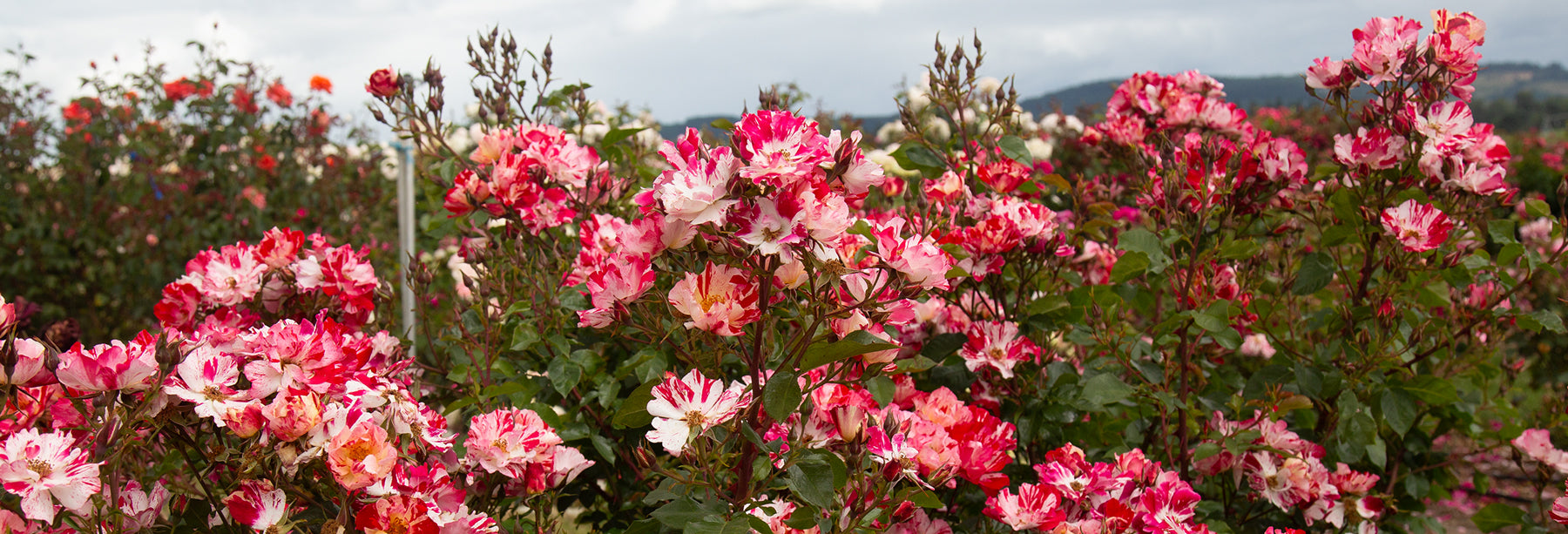
Take Our Quiz!
Curious what rose would look good in your garden? Take your 2 minute quiz to find the perfect rose bush for your space!


